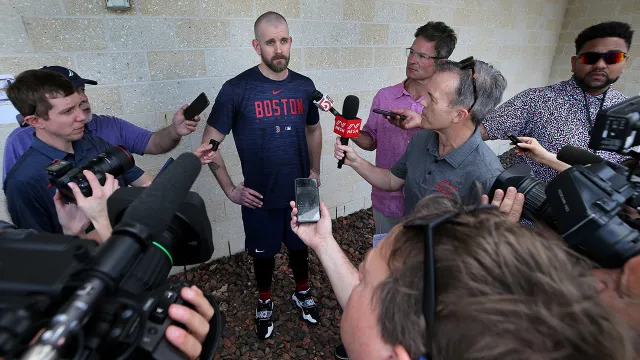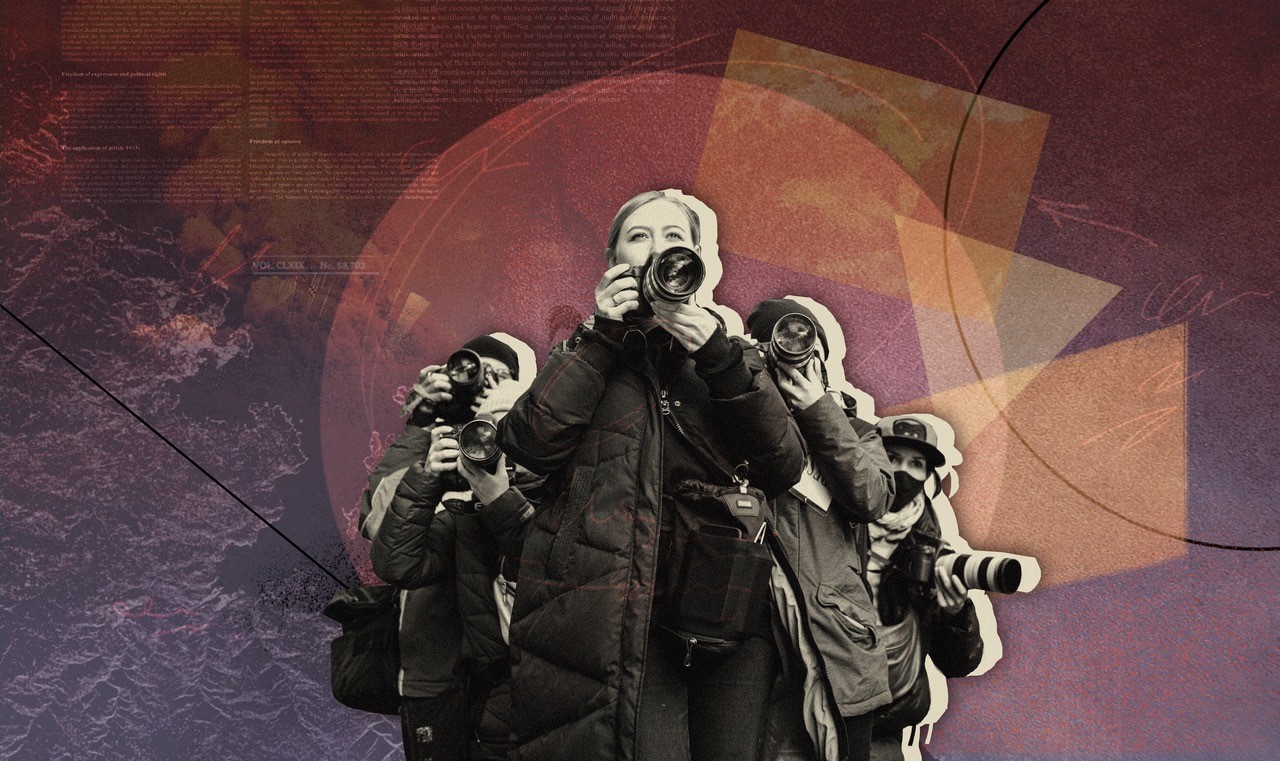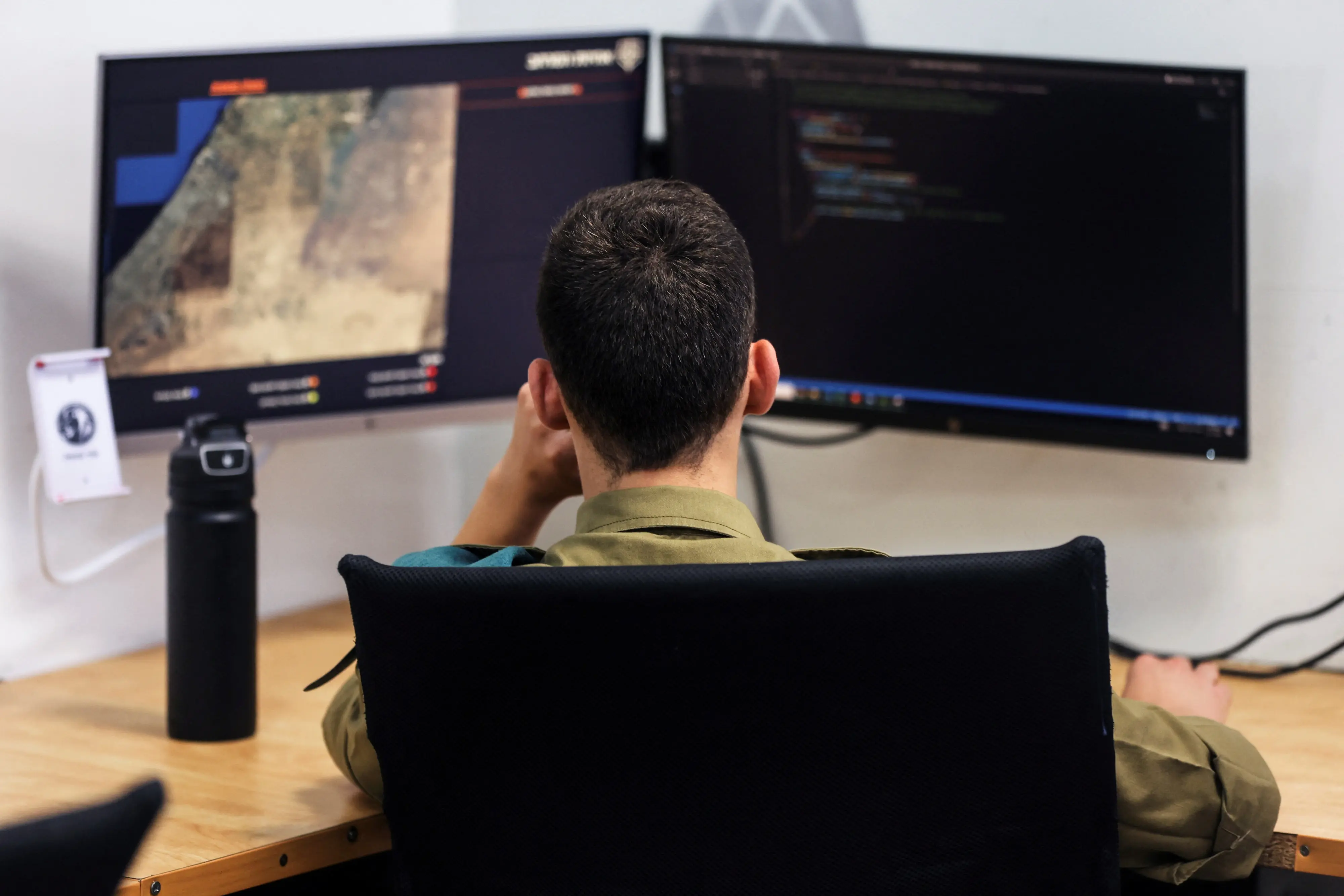
U.S. Journalists’ Beats Show Wide Gaps by Gender, Race & Employment Status
October 3, 2025
Strengthening the Frontline: UNESCO’s Global Push for Journalist Safety Mechanisms
October 8, 2025In recent years, Israel has ramped up its use of digital surveillance, artificial intelligence, and data analytics to control narratives about Gaza and suppress dissenting reporting. A piece by Ricochet highlights this “digital army” employed to stifle voices and manage what the world sees—and what it does not.
Meanwhile, Human Rights Watch (HRW) has offered a sobering technical and legal analysis of how Israeli forces deploy advanced digital tools in Gaza, warning of serious threats to civilians and press freedom.
Key Mechanisms of Digital Control
Surveillance and data aggregation
Israel reportedly conducts large-scale, continuous surveillance of Gaza’s population to build extensive data profiles. This includes cell phone tracking, behavioral analytics, and aggregating personal information even before recent conflicts. These datasets feed predictive tools used to flag individuals, assign threat scores, or suggest targets.
AI-driven targeting tools
HRW identifies several aggressive tools in use:
Evacuation monitoring system: Uses mobile phone location data to track population movement following orders to evacuate certain areas.
“The Gospel”: Generates lists of buildings or infrastructure to be targeted.
“Lavender”: Assigns suspicion ratings to individual persons, potentially categorizing them as military targets.
“Where’s Daddy?”: Attempts to determine when a person is at a specific location (often their home) to time strikes accordingly.
HRW cautions that decisions based solely on algorithmic outputs carry serious risks, including misidentification and civilian harm.
Suppressing journalism and public narrative
Beyond military targeting, the “digital army” is also active in controlling what information circulates. According to Ricochet, Israel and allied tech-savvy actors suppress dissenting reporting and promote narratives favorable to the state. Meanwhile, media censorship and restrictions on journalists’ access to Gaza reinforce the narrative control, making it hard for independent voices to reach global audiences.
Risks and legal concerns
HRW warns that these tools are built on faulty data, overreliance on machine learning, and incomplete intelligence—conditions that threaten to violate international humanitarian law, particularly principles of distinction (identifying combatants vs. civilians) and precaution (minimizing harm). The public release of operational data by the Israeli military, including personal data on Gaza residents, further raises grave privacy violations.
This convergence of military technology and narrative warfare illustrates a deeply integrated approach: control the battlefield, control the story. Rimmed by secrecy, the “digital army” not only directs strikes but also frames perception—leaving journalists, civilians, and human rights defenders vulnerable to both physical and informational assault.
Reference –
https://www.hrw.org/news/2024/09/10/questions-and-answers-israeli-militarys-use-digital-tools-gaza
How Israel and its ‘digital army’ work to silence the truth about Gaza

